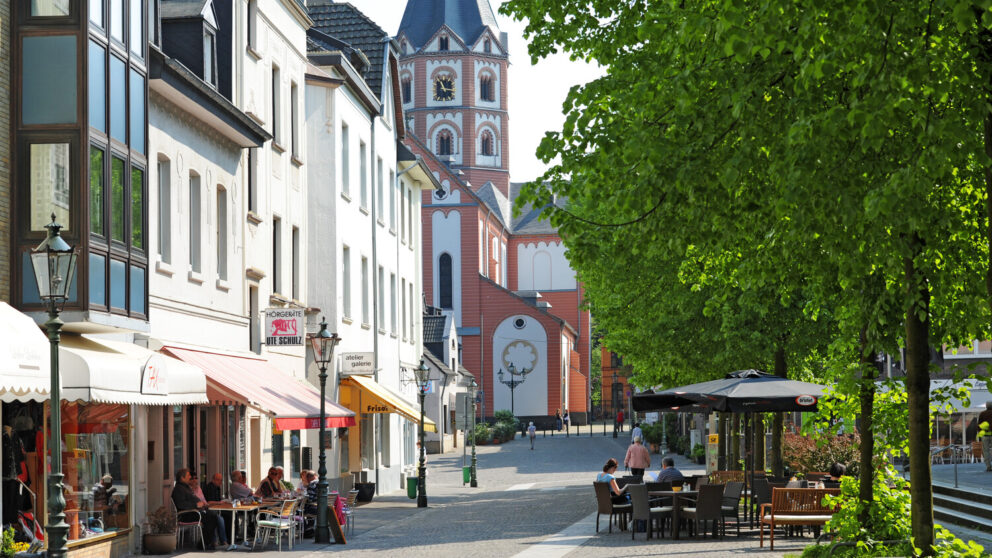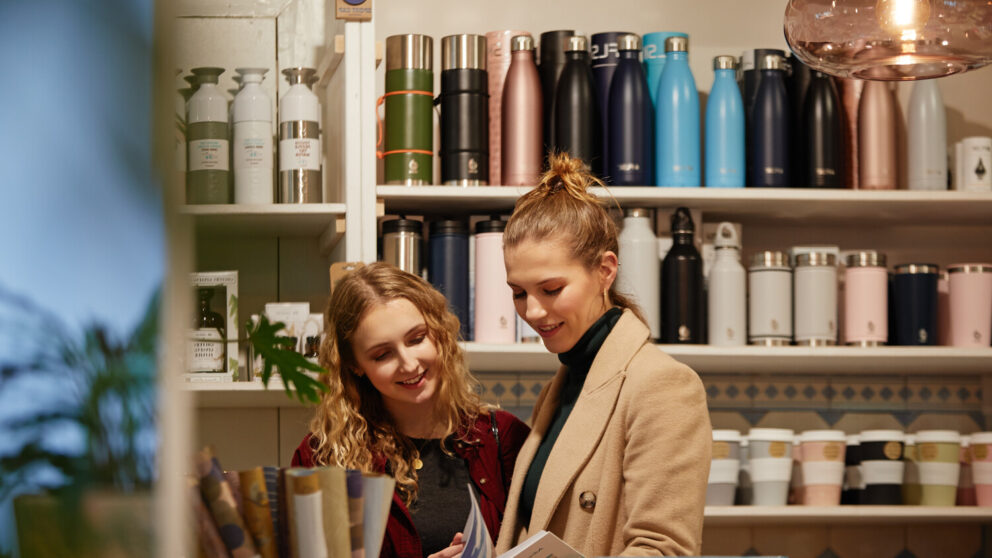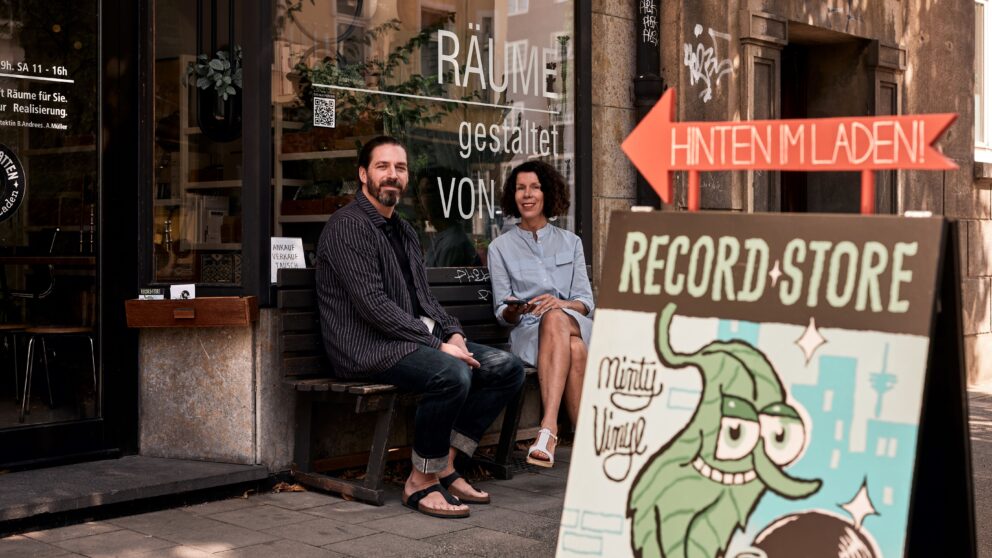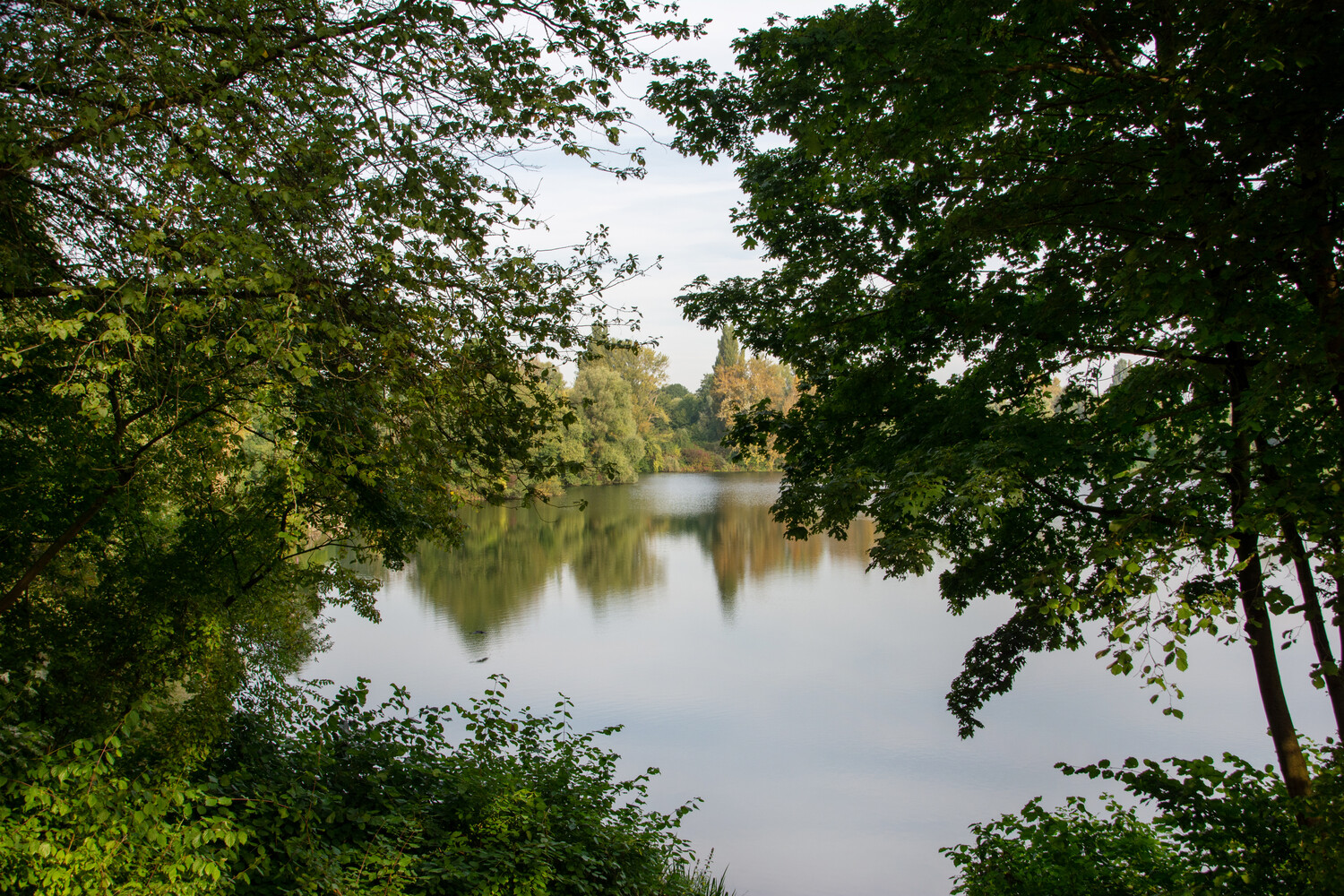
An afternoon on Rethelstrasse in Düsseltal
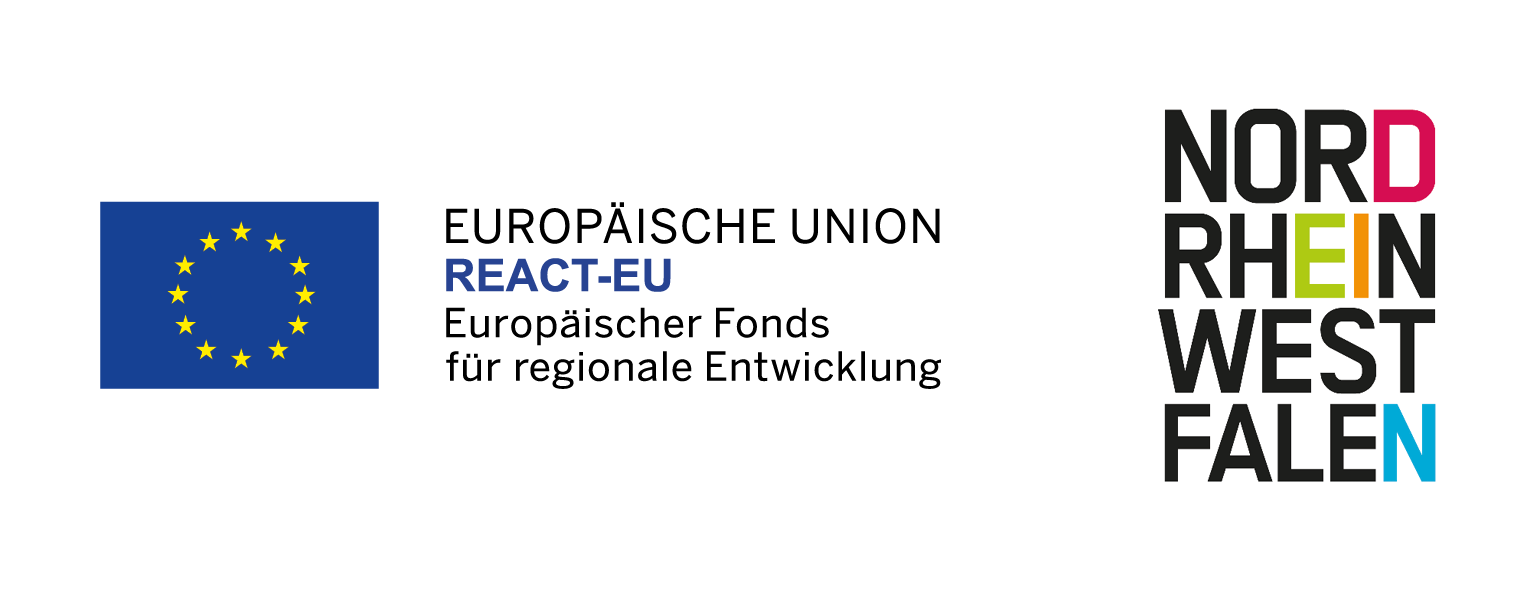
An afternoon on Rethelstrasse in Düsseltal
A quarter with lots to see and do that is particularly popular with families
Düsseltal lies at the geographical centre of Düsseldorf, a fact that is commemorated with a bronze plaque in Hans-Sachs-Strasse. The district is also known as Zooviertel, as between 1876 and 1943, it was home to chimpanzees, elephants, lions and birds of prey in what was then the largest cage in Europe. And while the area can be rather upmarket, there is plenty to see here at little, or even no, expense.
The district rose up around a monastery complex founded by monks from Orval Abbey in 1701. But the abbey was only in use for a few years due to frequent ransacking and repeated flooding by the nearby Rhine river. A move was on the cards, and a new home was found on Speckerhof farm near Grafenberg and what is now Zooviertel. The monastery, named Düsselthal, later became an abbey and gave its name to the district in which it was situated.
Our journey starts at Zoopark, a vast green space that – as you might guess from the name – was once home to the zoo. From early morning to late into the night, you can see the whole gamut of local life here. It starts with the early-morning runners sharing knowing glances, and not long after parents take their offspring on a stroll in a pram for the first nap of the day. Dog owners meet in the street as their pets sniff, wag or bark. People outside the small shop on Graf-Recke-Strasse chat about their health, the world and football as they queue to buy newspapers, take-away coffees or sweets, the teenagers grumbling about homework and their parents. Bordering the park is Eisstadion Brehmstrasse, one of the leading sports arenas in Düsseldorf. The DEG ice hockey team celebrated many victories here before the team relocated to the Rath district of Düsseldorf.
It’s fact time! The arena and the street were named after zoologist and writer Alfred Brehm (1829–1884). As a supporter of the local animal protection league, Fauna, he encouraged the construction of the zoo. After it and the nearby museum were destroyed in the Second World War, the zoo and its exotic inhabitants never returned. But you can still see some of the old exhibits at the Aquazoo in Stockum.
More than 300 years later, the shops on Rethelstrasse are the big draw in Düsseltal. IThe street is named after Alfred Rethel (1816–1859), a German history painter and artist who honed his skills at the Düsseldorf Academy of Arts. Its boutiques, specialist outlets and shops offer something for everyone. The tram lines 706 and 708 run through here on their way to Pempelfort and Hamm, for example, or to Flingern, Oberbilk and Unterbilk. But let's explore Düsseltal. Or perhaps you need a bite to eat first after your stroll around Zoopark? In which case you could head to La Brisella at no. 65 Rethelstrasse, for example. Even on a regular Monday evening there are only a few tables free, testament to the quality of the Italian food served here. Alongside traditional dishes, the menu features tuna carpaccio, chef's special snails and veal medallions in a gorgonzola sauce. You should definitely leave room for the zabaglione, the famous Italian dessert. Rumour has it that players of Fortuna Düsseldorf football club like to eat here. Another excellent option is Rheinton 2.0 at no. 143 Rethelstrasse, where the menu features, among other things, langoustines with kimchi and fermented garlic, brisket of US beef with kritharaki, sun-dried tomatoes and parmesan, and trout with root parsley, rye bread and beurre noisette. Lay Thai at no. 35 Weseler Strasse has also received rave reviews. What might you go for here? A sour, lightly spiced soup with jumbo prawns, chilli, mushrooms, lemongrass and lemon leaves? Or the hot-hot chicken with fresh chillies, bamboo shoots, peppers and green beans? You could also opt for the pan-fried rice noodles with tofu, peanuts, egg and beansprouts in a tamarind sauce. The choice is yours!
With such a wide range of restaurants and dishes on offer, you don’t want to leave anything to chance on your first (or even 138th!) date here. And no date night is complete without a quick spray of your favourite scent. You can buy just that in Parfümerie Becker at no. 148 Rethelstrasse or in Parfümerie Platen at no. 145 Rethelstrasse. The area has quite a history when it comes to perfume. In 1837, Count Adelberdt von der Recke-Volmerstein (1791–1878), who later converted the aforementioned monastery into an orphanage, built an eau de cologne factory in Düsseltal. But back to the present.
Just a few steps further you reach the courtyard at no. 153 Rethelstrasse. Here you’ll find a photo studio, a Jacques’ Weindepot store, Hoppetosse Bartels Kinderwelt – a shop selling children’s accessories – and a branch of Sugarbird Cupcakes, which sells muffins, macaroons, unicorn-shaped cakes and plenty more. Every summer during the wine festival, the locals congregate in the courtyard to toast each other’s good health and chat the night away. But if you can’t be there for this event, head to Suli’s at no. 5 Tussmannstrasse instead for its excellent wine selection. If the sweet little cakes don’t do it for you, the Heinemann patisserie next to the entrance to the courtyard might be more up your street.
All this talk of cakes reminds us of flour. The oldest buildings in Düsseltal are Speckerhof farm and Buscher mill, located in Mulvanystrasse and first mentioned in records in the 14th century. The latter is now one of the few intact flour mills along the Düssel river.
Walk along Rethelstrasse and you’ll pass Metzgerei und Feinkost-Manufaktur Ludwig – a butchers and deli at no. 133 – and the Bolland & Böttcher bookshop at no. 121, before reaching Franklinbrücke bridge. From here you can see the high rises on Toulouser Allee in Pempelfort. Instead of crossing the bridge, head back along the street. If you need to recharge your batteries, stop off at the Nikan coffee roastery at no. 98–100 for a shot of caffeine. Then pop into Ronnefeldt florists at no. 150 Rethelstrasse, where you can buy flowers, cups and mugs, tea lights and decorations. The store is particularly renowned for its range of teas. A quick detour down Ahnfeldstrasse takes you to a petrol station that claims to be the last in private ownership in Düsseldorf. And what, you might ask, is so special about the TSB petrol station? Well, rather than filling your vehicle yourself, pump attendant Udo Andrees is on hand to do it for you!
Returning to Rethelstrasse, Gordon’s at no. 136 sells a variety of antique pottery and porcelain, glass bead necklaces and black and white photographs of people who must have lived several generations ago. You can while away the hours browsing the many items on offer for that unique piece that you won’t find anywhere else. One of the longest-established local shops is H. Wenig – Bürobedarf und Spielwaren at no. 160. This stationer’s sells such a huge range of postcards that you could be sending one to your granny, aunt and best friend every week for the next few decades. One thirty-something we chatted to said he used to buy his school stationery here as a child. He would also occasionally buy, or at least gaze at, the footballs, trading cards and many other items. The old orange lettering on the sign outside also hints at how long the shop has been here.
When you're ready to leave Düsseltal, you can use one of its major landmarks to navigate. On the Mörsenbroicher Ei intersection stands Düsseldorf's tallest building, home to a large insurance company. This 125 meter high-rise is as eye-catching as the district of Düsseltal itself.
This article is supported by REACT-EU.
Title image: Düsseldorf Tourism

